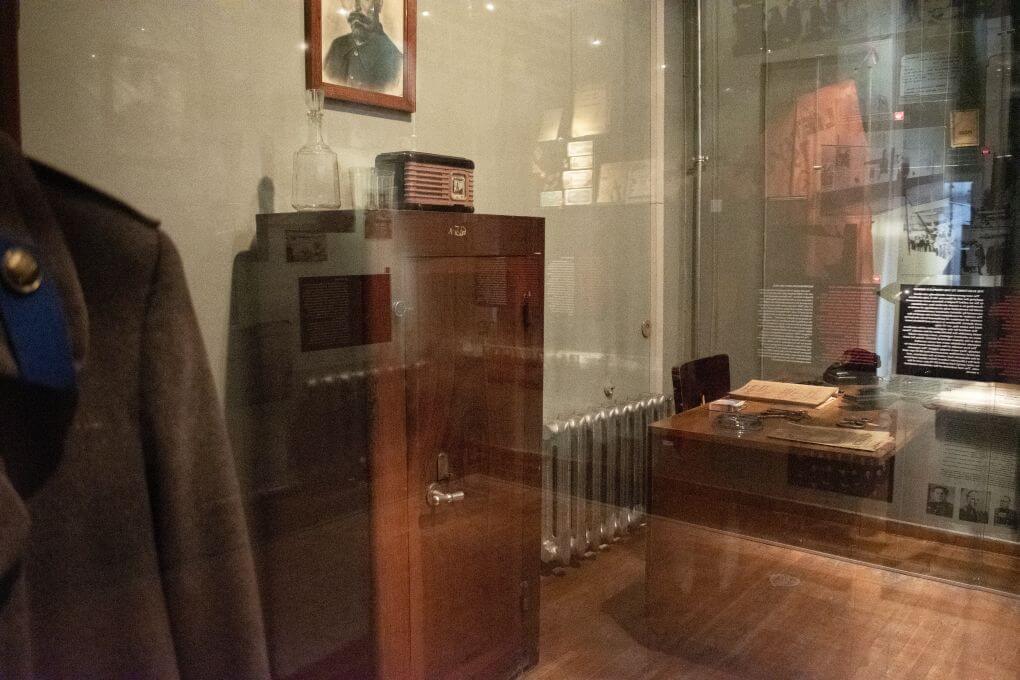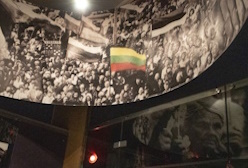Lithuania: 1940–1941
Pupils, students and pensioners (with ID) – 3 €.
Main Information
Divided between Germany and the Soviet Union, Lithuania was occupied on the eve of World War II and later annexed by the Soviet Union on 15 June 1940.
The exhibition reflects Lithuania’s international situation at the end of 1940’s and reveals how Moscow, with the help of local collaborators, gradually eliminated the sovereignty of the Lithuanian state. The occupation regime set out to reorganise the administrative, economic, educational, cultural, and spiritual life under the Soviet model. Communist ideology and atheism were fiercely promoted in schools and workplaces. Persecution and arrests of peaceful citizens began. Everything that reminded of the times of independence was being destroyed and eliminated.
A year later, on 14 June 1941, the first mass deportation of the population of Lithuania – Lithuanians, Poles, Russians, Belarusians, and Jews – began. Deportations affected all segments of the population, but most severely affected were Lithuanian politicians, employees and officers of the army, state security and law enforcement structures, leaders and members of political and social organisations, employees of health, educational, cultural, and other institutions, large farmers, and foresters, i.e., the progressive part of society.
The grim and frightening reality of the time is demonstrated in the exhibition through the surviving photographs, documents, objects, and maps.
In the last decades of the Soviet repressive regime, this room was the office of the deputy warden of the internal prison. In the background, behind a glass panel, the furniture from 1940s, objects, and some other interior details have been recreated.
Exposition Location

Exposition „Lithuania: 1940–1941“
Location: First Floor


















